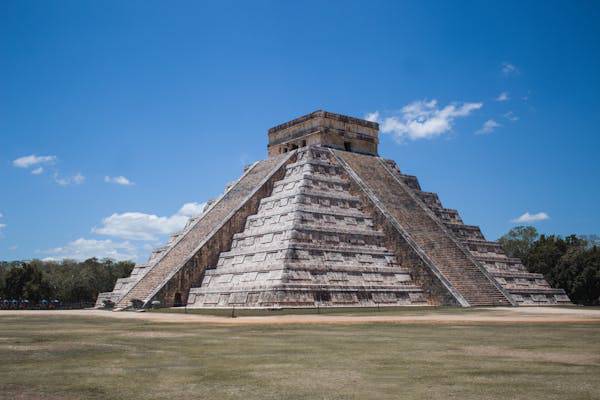The New Seven Wonders of the World: Do They Live Up to the Hype?
In 2000, a Swiss foundation launched a global campaign to determine the New Seven Wonders of the World.
The original list of Seven Wonders from the 2nd century BCE had become outdated, with only the Pyramids of Giza remaining. To update the list, over 100 million votes poured in online and via text message, leading to the announcement of the new Seven Wonders in 2007. Some people celebrated the selections, but others felt disappointed. They were upset because famous sites like the Acropolis in Athens didn’t make the list. Let’s explore the new list and see if you agree with these choices!
Great Wall of China
The Great Wall of China stretches about 5,500 miles (8,850 km). It is one of the largest construction projects ever built. The wall was designed to protect against invasions but did not always stop enemies. In many places, it has two parallel walls, along with watchtowers and barracks. Historians often see it more as a symbol of political power rather than a practical defense.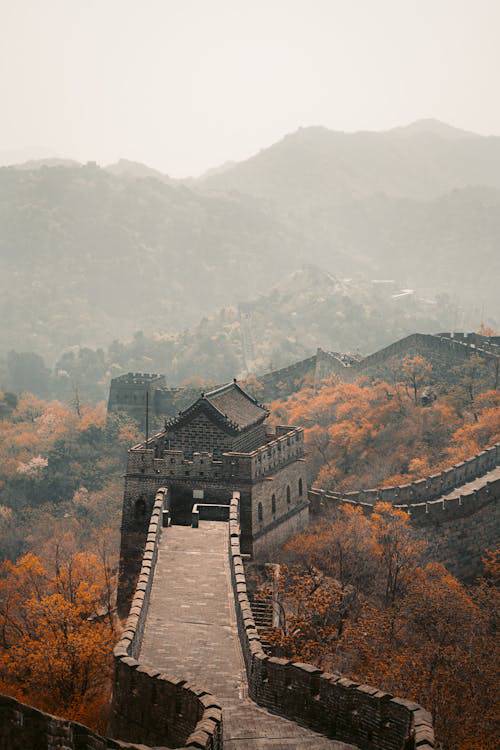
Chichén Itzá
Chichén Itzá, a significant Mayan city located in Mexico’s Yucatán Peninsula, was at its peak during the 9th and 10th centuries CE. Its most famous structure is El Castillo, a pyramid with 365 steps representing the days of the year. During the equinoxes, the sunset creates a shadow that looks like a serpent slithering down the pyramid. The site also features the largest ball court in the Americas, where the Mayans played a ceremonial ball game.
Petra
Petra, hidden in a valley in Jordan, is famous for its stunning rock-cut architecture. It was a thriving trade center for spices and other goods. The Nabataeans, who built Petra, carved intricate dwellings, temples, and tombs into the sandstone cliffs. The city also had an advanced water system for irrigation. Petra’s decline began after earthquakes and shifting trade routes, and it was largely forgotten until its rediscovery in 1912.
Machu Picchu
Machu Picchu in Peru is one of the most famous Incan sites, discovered in 1911 by Hiram Bingham. It is high in the Andes Mountains and features agricultural terraces, plazas, and temples. Its exact purpose is still a mystery. Some people think it was a royal retreat or a pilgrimage site. However, it is known for being remarkably well-preserved. A crane damaged it during a beer commercial in 2000. Despite this, its beauty remains unmatched.
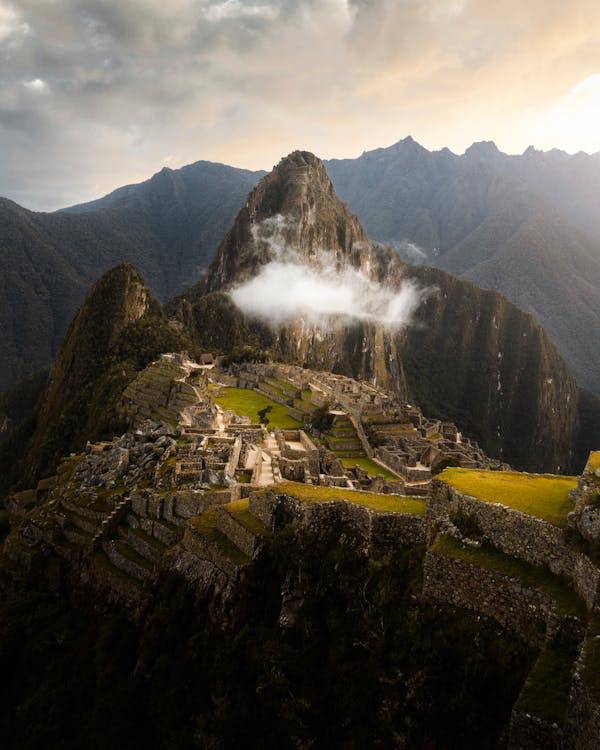
Christ the Redeemer
The Christ the Redeemer statue stands on Mount Corcovado in Rio de Janeiro, Brazil. Completed in 1931, it is the largest Art Deco sculpture in the world. The statue shows Jesus with outstretched arms. It was built to symbolize hope and faith. The statue is 98 feet tall, and its arms stretch 92 feet wide. It is covered in over six million tiles. Even though lightning has struck it several times, it remains a beloved landmark.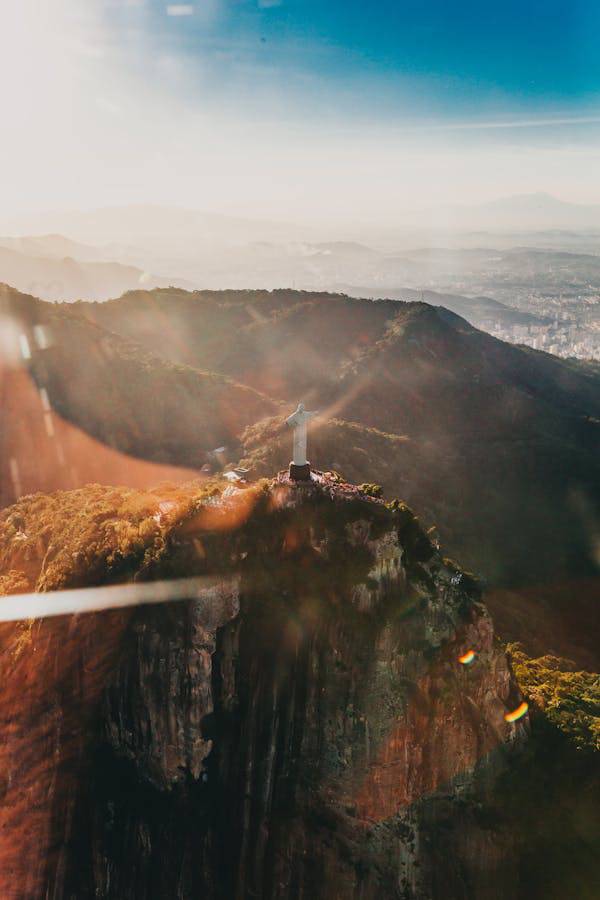
Colosseum
The Colosseum in Rome, built in the 1st century CE, is an engineering marvel. This massive arena could hold up to 50,000 spectators who watched gladiator fights, animal hunts, and mock naval battles.
People often say that early Christians were martyred at the Colosseum, but evidence for this is debated. The Colosseum’s grand design and historical significance make it a powerful symbol of ancient Rome.

Taj Mahal
The Taj Mahal in Agra, India, is an exquisite mausoleum built by Emperor Shah Jahān in memory of his wife Mumtāz Maḥal, who died in 1631. Its stunning white marble and intricate designs are its identity. The Taj Mahal took around 22 years and 20,000 workers to complete. It includes a large garden and a reflecting pool. According to some accounts, Shah Jahān intended to build a black marble mausoleum for himself but was deposed before he could start.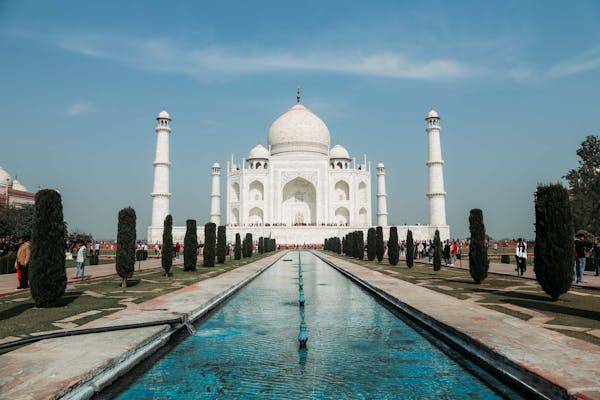
Frequently Asked Questions About The New Seven Wonders of the World
What are the New Seven Wonders of the World?
-
- The Great Wall of China
- Chichén Itzá
- Petra
- Machu Picchu
- Christ the Redeemer
- The Colosseum
- The Taj Mahal
How did the New7Wonders Foundation compile the list of the New Seven Wonders of the World?
The New7Wonders Foundation compiled the list through a global voting campaign.
How were the New Seven Wonders of the World chosen?
Over 100 million votes were cast online and by text message to select the winners from a list of 200 nominated sites.
Why was the Great Wall of China chosen as one of the New Seven Wonders?
The Great Wall was chosen for its impressive scale, historical significance, and architectural complexity.
What is unique about Chichén Itzá?
Chichén Itzá is famous for its pyramid, El Castillo, which aligns with astronomical events like the equinoxes and features the largest ball court in Mesoamerica.
Why is Petra considered a wonder?
Petra is renowned for its stunning rock-cut architecture and its historical importance as a major trade hub in ancient times.
What makes Machu Picchu special?
Machu Picchu is famous for its well-preserved ruins. It sits in a stunning location in the Andes Mountains. Its origins and purpose remain mysterious.
How tall is the Christ the Redeemer statue?
The Christ the Redeemer statue is 98 feet (30 meters) tall, with arms stretching 92 feet (28 meters).
What events were held at the Colosseum in ancient Rome?
The Colosseum hosted gladiator battles, animal hunts, and mock naval engagements.
What is the story behind the Taj Mahal?
The Taj Mahal was built for Mumtāz Maḥal, the wife of Emperor Shah Jahān. Mumtāz Maḥal died during childbirth.
When were the New Seven Wonders of the World announced?
The results were announced in 2007.
How does the New Seven Wonders list differ from the original Seven Wonders?
The original list included ancient wonders like the Hanging Gardens of Babylon and the Statue of Zeus, many of which no longer exist.
Why didn’t some famous sites like the Acropolis make the New Seven Wonders list?
The selection came from global voting. Many significant sites were nominated, but not all made the final list.
What criteria were used to select the New Seven Wonders?
The selection of the wonders focused on their architectural and historical importance. Their cultural impact also played a role in the decision.
Are there any Seven Wonders lists from different regions or categories?
Yes, there are various lists, such as the New7Wonders of Nature and the Seven Wonders of the Modern World, each highlighting different kinds of remarkable places and achievements.
The Seven Natural Wonders of the World
The Seven Natural Wonders of the World are spectacular natural sites renowned for their breathtaking beauty and significance. The list often includes:
-
Grand Canyon (United States)
- Located in Arizona, the Grand Canyon is a colossal gorge carved by the Colorado River over millions of years. Its vast size and dramatic landscapes make it one of the most iconic natural wonders.
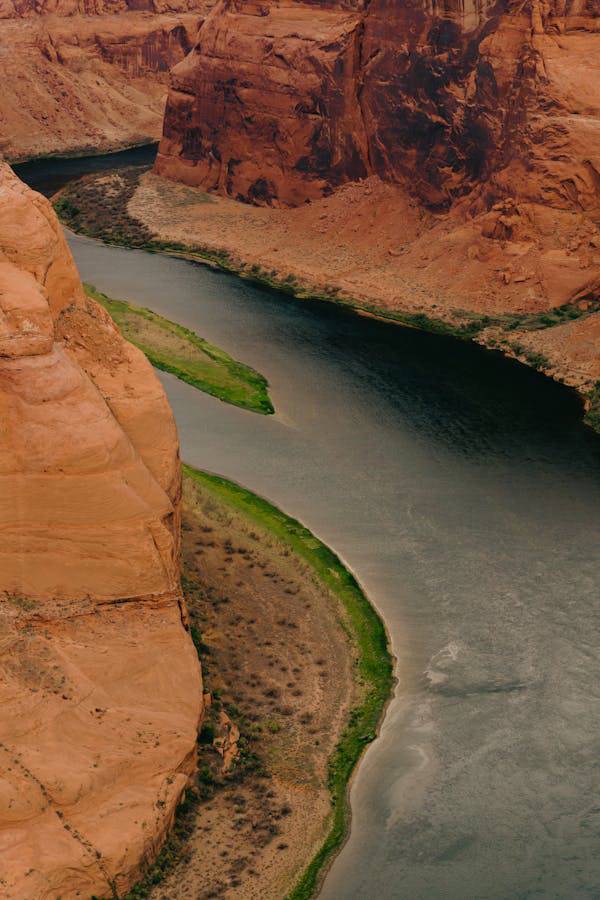
- Located in Arizona, the Grand Canyon is a colossal gorge carved by the Colorado River over millions of years. Its vast size and dramatic landscapes make it one of the most iconic natural wonders.
-
Great Barrier Reef (Australia)
- The Great Barrier Reef, situated off the coast of Queensland, is the world’s largest coral reef system. It’s famous for its stunning marine biodiversity and vibrant coral formations.
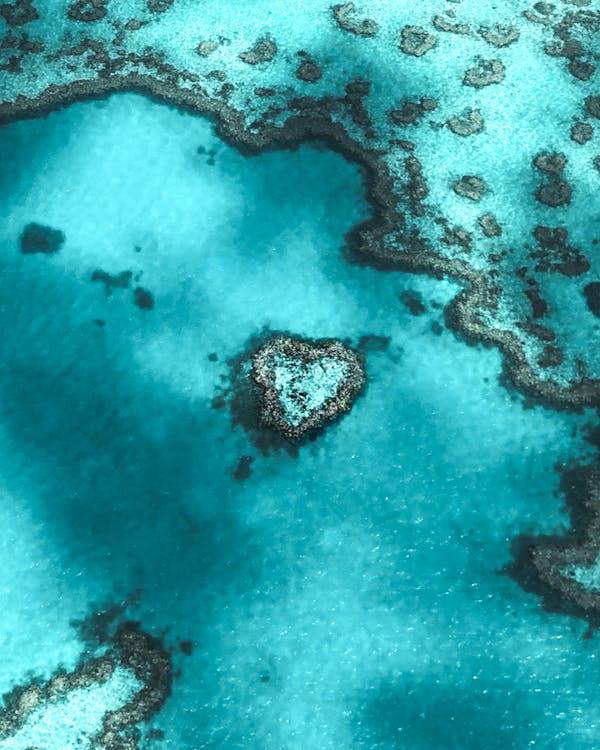
- The Great Barrier Reef, situated off the coast of Queensland, is the world’s largest coral reef system. It’s famous for its stunning marine biodiversity and vibrant coral formations.
-
Mount Everest (Nepal/China)
- The highest mountain in the world, Mount Everest, stands at 29,032 feet (8,849 meters) above sea level. It attracts climbers and adventurers from around the globe.
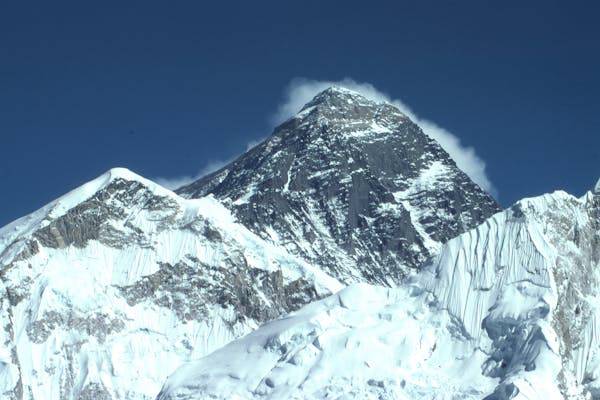
- The highest mountain in the world, Mount Everest, stands at 29,032 feet (8,849 meters) above sea level. It attracts climbers and adventurers from around the globe.
-
Victoria Falls (Zambia/Zimbabwe)
- One of the largest and most famous waterfalls in the world, Victoria Falls spans the Zambezi River between Zambia and Zimbabwe. It’s famous for its impressive width and the dramatic mist it creates.
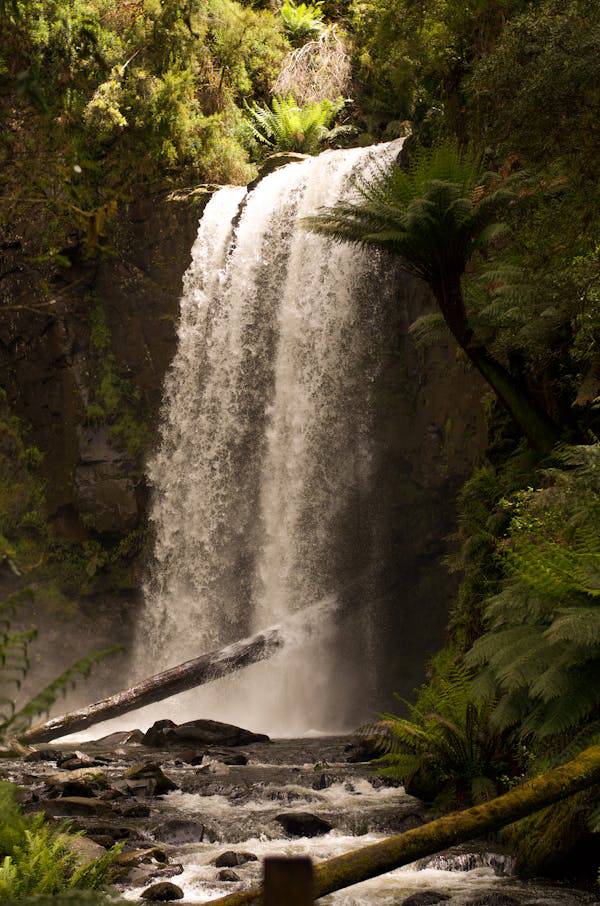
- One of the largest and most famous waterfalls in the world, Victoria Falls spans the Zambezi River between Zambia and Zimbabwe. It’s famous for its impressive width and the dramatic mist it creates.
-
Aurora Borealis (Northern Lights) (Various locations in the Arctic and Antarctic Circles)
- The Aurora Borealis, or Northern Lights, is a natural light display in the sky, predominantly seen in high-latitude regions around the Arctic and Antarctic. Solar winds interact with Earth’s magnetosphere. This interaction causes it.
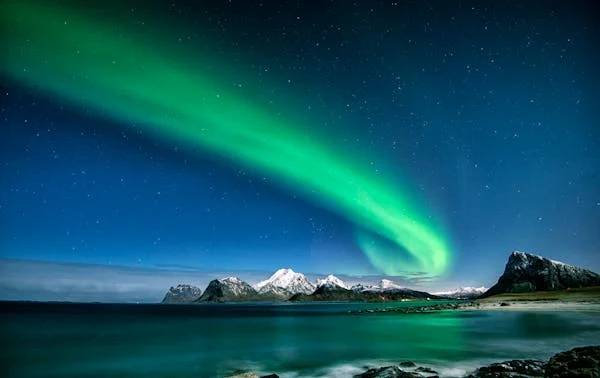
6. Mount Kilimanjaro (Tanzania)
-
- Mount Kilimanjaro is the tallest mountain in Africa and the highest free-standing mountain in the world. Its snow-capped peaks and diverse ecosystems make it a notable natural landmark.
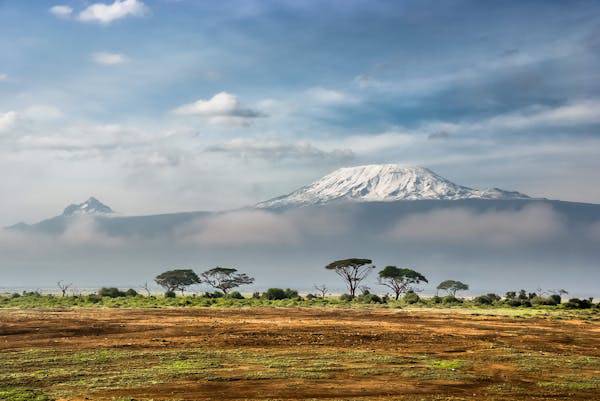
7. Paricutin Volcano (Mexico)
-
- Paricutin is a cinder cone volcano in Mexico that famously emerged suddenly in a farmer’s field in 1943. It’s notable for its rapid formation and relatively recent eruption history.
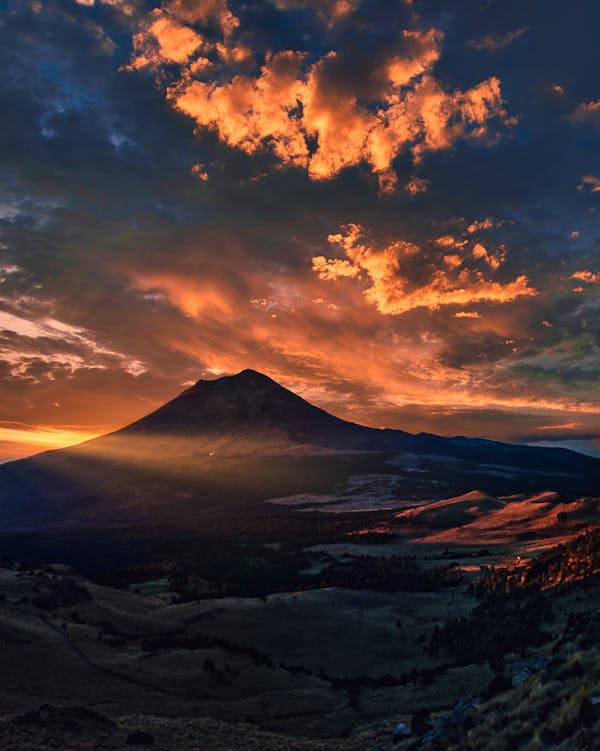
We celebrate these natural wonders for their awe-inspiring beauty and natural significance, as each one showcases a unique aspect of Earth’s geological and ecological diversity.
Frequently Asked Questions About The Seven Natural Wonders of the World
1. What are the Seven Natural Wonders of the World?
- The Seven Natural Wonders of the World include the Grand Canyon (USA), Great Barrier Reef (Australia), Mount Everest (Nepal/China), Victoria Falls (Zambia/Zimbabwe), Aurora Borealis (Various Arctic and Antarctic locations), Mount Kilimanjaro (Tanzania), and Paricutin Volcano (Mexico).
2. What makes these sites natural wonders?
- These sites are natural wonders because they are incredibly beautiful. They have unique geological or ecological features. They also show a lot of Earth’s natural diversity.
3. How were these Seven Natural Wonders chosen?
- The list is based on various sources and criteria, including their stunning beauty, size, uniqueness, and cultural significance. Different organizations and experts may compile such lists, and the selections can vary.
4. What is the Grand Canyon famous for?
The Grand Canyon is famous for its huge size and beautiful rock formations. The Colorado River carved it over time. Visitors can see amazing views of layered rocks that tell the story of Earth’s history.
5. Why is the Great Barrier Reef special?
- The Great Barrier Reef is the largest coral reef system in the world, spanning over 1,400 miles. It is famous for its rich marine biodiversity, including a variety of coral species, fish, and other marine life.
6. What makes Mount Everest famous?
- Mount Everest is famous for being the highest mountain in the world, with a peak that reaches 29,032 feet (8,849 meters) above sea level. It is a major destination for climbers and adventurers seeking to reach the summit.
7. What can visitors expect at Victoria Falls?
- Visitors to Victoria Falls can experience one of the largest and most powerful waterfalls in the world. The falls create a stunning mist and a thundering roar as the Zambezi River plunges over the edge.
8. Where can you see the Aurora Borealis?
- You can see the Aurora Borealis, or Northern Lights, in high-latitude regions near the Arctic Circle, including parts of Norway, Sweden, Iceland, Canada, and Alaska. This natural light display occurs when solar particles interact with Earth’s magnetic field.
9. What is unique about Mount Kilimanjaro?
- Mount Kilimanjaro is notable for being the tallest mountain in Africa and the highest free-standing mountain in the world. It features a snow-capped peak despite its location near the equator and has diverse ecosystems ranging from tropical forests to alpine deserts.
10. Why is Paricutin Volcano significant?
- Paricutin is significant because it emerged suddenly in a farmer’s field in 1943 and grew rapidly. It is a well-documented example of a cinder cone volcano and its relatively recent eruption has provided valuable insights into volcanic processes.
11. How can people visit these natural wonders?
- Visiting these natural wonders typically involves traveling to their respective locations. National and local parks, guided tours, and visitor centers are often available to help tourists explore and experience these sites safely and responsibly.
12. What are the environmental concerns associated with visiting these wonders?
- Yes, there are environmental concerns such as habitat disruption, pollution, and the impact of tourism on local ecosystems. Visitors need to follow responsible travel practices, respect local regulations, and support conservation efforts to help preserve these natural wonders for future generations.

